Produce Energy

How much energy does a zinc-carbon battery produce ?
The energy production of a zinc-carbon battery is determined by factors such as its size, voltage, and capacity. The process involves a chemical reaction between zinc and manganese dioxide, where larger batteries typically yield higher energy output due to more reacting material. The nominal voltage of a standard zinc-carbon battery stands at 1.5 volts, and the total energy can be calculated by multiplying this voltage with the current over time. Capacity, measured in ampere-hours (Ah), represents the maximum charge a battery can deliver. For instance, an AA-sized zinc-carbon battery with a 0.8 Ah capacity can produce approximately 1.2 watt-hours or 0.0012 kilowatt-hours of energy under ideal conditions.

What are the alternatives to fossil fuels for energy production ?
The article discusses various alternatives to fossil fuels for energy production, including solar energy, wind energy, hydroelectric power, geothermal energy, biomass energy, and nuclear energy. It explains the working principles of each alternative and their advantages and disadvantages. The main advantage of these alternatives is that they produce clean energy with minimal greenhouse gas emissions, reducing the impact on the environment and climate change. However, some of them require significant investment and infrastructure development, while others have safety concerns or limited availability. Overall, the article highlights the potential of these alternatives in providing sustainable and reliable sources of energy for the future.

Is biomass energy a sustainable solution, considering the resources required to produce it ?
The text discusses biomass energy, which is derived from organic materials like wood, crops, and waste. It is often considered a sustainable alternative to fossil fuels, but its sustainability depends on various factors such as land use, water consumption, nutrient management, and energy inputs. The potential environmental impacts include carbon emissions and waste management. Economic considerations involve job creation and cost competitiveness. Social impact includes energy access and public health. Biomass energy has the potential to be a sustainable solution, but its actual sustainability depends heavily on how it is produced and utilized.
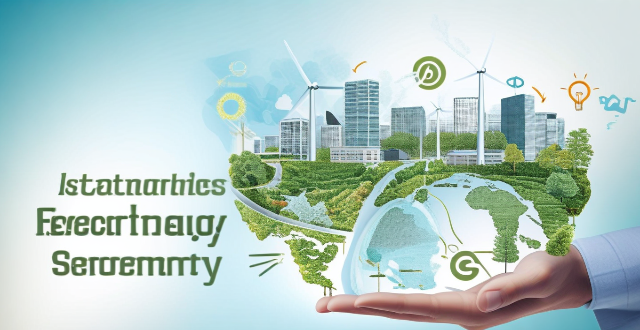
What are the main sources of sustainable energy ?
The text discusses the various main sources of sustainable energy, including solar energy, wind energy, hydropower, geothermal energy, bioenergy, tidal and wave energy, and hydrogen energy. It also highlights the importance of adopting sustainable energy for environmental impact, economic benefits, energy security, and health considerations. The transition to sustainable energy requires investment, policy support, and technological innovation.
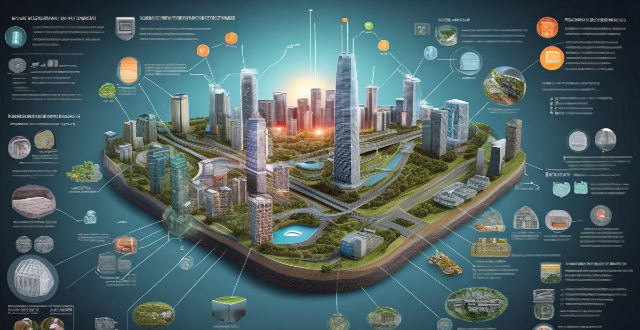
What is the future of nuclear energy in the energy market ?
The future of nuclear energy is promising, as it has advantages such as low carbon emissions, high energy density and baseload power. However, challenges like safety concerns, waste disposal, and high costs must be addressed. Increasing demand for clean energy, advances in technology, and integration with renewable sources can drive the growth of nuclear energy in the future.
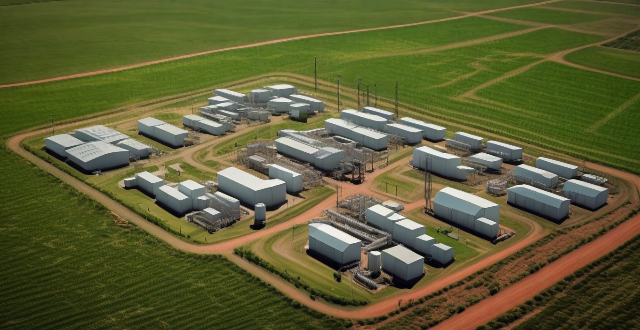
What is the potential of algae-based biofuels in providing a renewable energy alternative ?
Algae-based biofuels offer a renewable energy alternative with high productivity, low environmental impact, and potential to reduce greenhouse gas emissions. They can be grown on non-arable land, require no herbicides or pesticides, and absorb CO2 during photosynthesis. Technological advancements in genetically modified strains and cultivation techniques are improving growth rates and oil yields. However, challenges related to scalability, economic viability, and supply chain reliability must be addressed for widespread adoption as a sustainable energy solution.

What are some examples of successful clean energy investments ?
Investing in clean energy is becoming increasingly popular due to rising awareness of the need for sustainability. Successful investments include solar power, wind power, geothermal energy, hydroelectric power, bioenergy, electric vehicles, energy efficiency measures, and smart grid technology. These investments not only combat climate change but also create new economic opportunities and jobs.
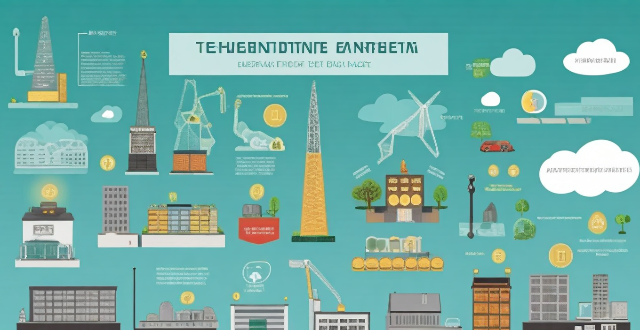
How is renewable energy affecting the traditional energy market ?
Renewable energy sources are having a significant impact on the traditional energy market, affecting pricing, market share, job creation, and environmental concerns. The increased efficiency and reduced installation costs of renewable technologies have made them more competitive with traditional energy sources, leading to declining electricity prices overall. Additionally, the growing demand for renewable energy sources has led to an increase in their market share, particularly for solar and wind power. The transition to renewable energy is also creating new job opportunities across various sectors of the economy, while addressing environmental concerns associated with fossil fuel consumption.
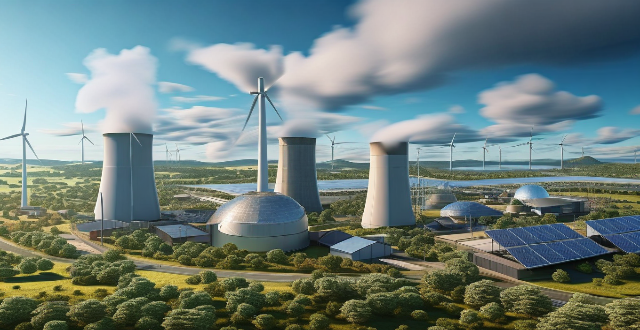
What role do renewable energy sources play in distributed energy systems ?
Renewable energy sources are crucial for distributed energy systems due to their clean, sustainable nature and local generation capabilities. They reduce carbon emissions, enhance energy security, promote local economic development, improve energy efficiency, and enable innovation in these systems.

Can renewable energy sources effectively replace fossil fuels ?
- Renewable energy sources are sustainable and produce fewer emissions than fossil fuels. - Intermittency, storage, and cost are challenges to the adoption of renewable energy. - Grid integration, energy storage advancements, and government policies can help overcome these challenges.

How is digital technology transforming the energy market ?
Digital technology is revolutionizing the energy market by improving efficiency, enhancing renewable energy sources, facilitating decentralized energy production, enabling smart buildings and homes, and promoting transparency and accountability. This transformation is crucial for meeting the increasing global demand for energy while addressing environmental concerns.

How do energy-efficient lighting systems work ?
Energy-efficient lighting systems work by using advanced technologies and materials that minimize the amount of energy required to produce light. They include LED lighting, compact fluorescent lamps (CFLs), and smart lighting controls. LEDs convert up to 80% of their energy into light, have a long lifespan, and generate less heat than traditional bulbs. CFLs use about 75% less energy than incandescent bulbs and come in various colors and styles. Smart lighting controls automatically adjust the amount of light based on occupancy levels or desired brightness, reducing unnecessary energy waste. Overall, these systems offer significant advantages over traditional lighting methods in terms of energy savings, longevity, and safety.
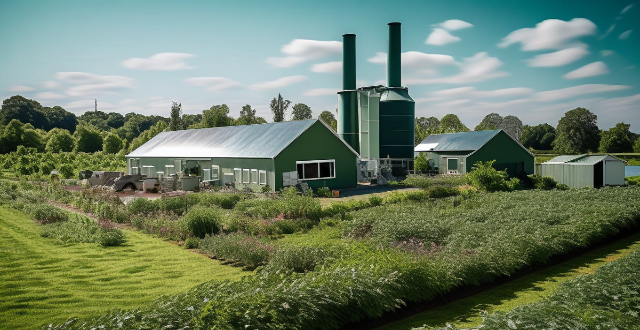
What are the benefits of investing in clean energy ?
Investing in clean energy offers benefits including reduction in greenhouse gas emissions, job creation, energy security, health benefits, and cost savings. It is a smart investment that aligns with our responsibility to protect the environment for future generations.
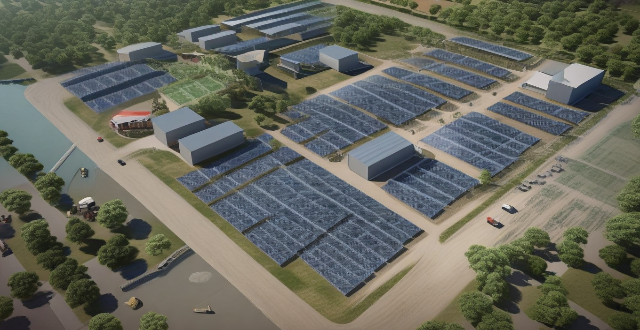
How can wind energy be stored for later use ?
Storing wind energy is crucial for integrating renewable energy into power grids. Wind turbines produce electricity intermittently based on weather conditions, unlike traditional power plants that can adjust output on demand. Several methods exist to store wind energy effectively, including battery storage systems, pumped hydro storage, compressed air energy storage (CAES), chemical batteries, flow batteries, thermal storage, and flywheels. When selecting a storage method, factors such as capacity, duration, cost, efficiency, environmental impact, and geographic suitability must be considered. As technology advances and costs decrease, we can expect more innovative solutions for efficient wind energy storage.

What is wind energy and how does it work ?
Wind energy is a renewable and sustainable source of electricity that harnesses the power of wind through the use of wind turbines. It offers several advantages, including being environmentally friendly, cost-effective, and job-creating. However, challenges such as intermittency, site selection, visual impact, and wildlife impacts must be considered. Despite these challenges, advancements in technology and planning practices are making wind energy an increasingly viable option for meeting our energy needs.
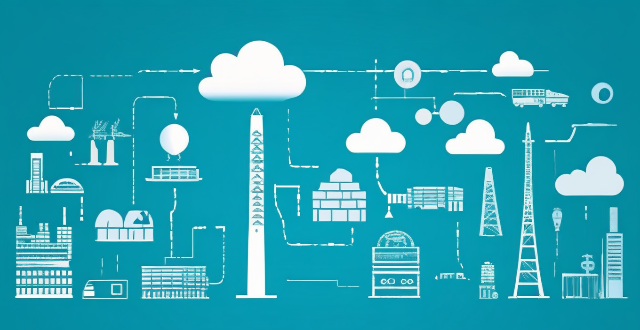
What are the current trends in the energy market ?
The energy market is constantly evolving, with new technologiesThe energy market is constantly evolving, with new technologies way we produce, distribute, with new technologies and policies shaping the way we produce, distribute, and consume energy. Current trends include the growing popularity of renewable energy sources such as solar and wind power, driven by government incentives and technological advancements. The demand for electric vehicles (EVs) is also increasing rapidly, as battery technology improves and governments offer incentives. Smart grid technology is transforming energy management and distribution, enabling real-time monitoring and control of energy usage and integrating renewable sources more effectively. Finally, energy storage solutions are being developed to balance supply and demand from variable sources like solar and wind power. These trends are shaping the future of the energy sector.

What are the benefits of energy-efficient lighting systems ?
Energy-efficient lighting systems offer multiple benefits, including reducing energy consumption and positively impacting the environment, economy, and overall well-being. They help lower greenhouse gas emissions and promote sustainability by lasting longer and using recyclable materials. Economically, these systems reduce energy costs and require fewer replacements over time, making them cost-effective. They also provide better visual comfort, reducing eye strain and increasing productivity, while producing less heat for a more comfortable environment. Upgrading to energy-efficient lighting systems contributes to a more sustainable future for all.
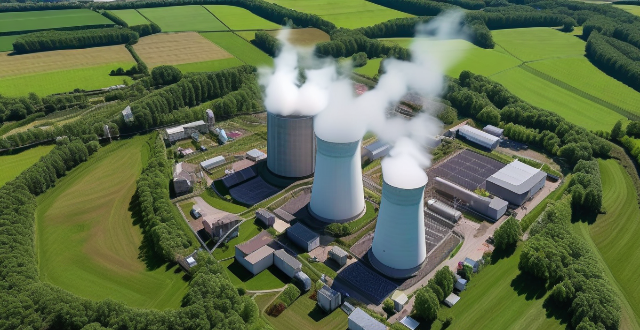
What is the role of renewable energy in reducing greenhouse gas emissions ?
Renewable energy sources like solar, wind, hydro, and geothermal power are crucial in reducing greenhouse gas emissions as they produce significantly fewer carbon emissions than fossil fuels. These abundant and sustainable sources can be replenished naturally, creating a more sustainable future. Investing in renewable energy also brings economic benefits by decreasing technology costs and stimulating local economies. Renewable energy improves air quality by not producing harmful pollutants associated with fossil fuel combustion. It plays a vital role in mitigating the effects of climate change by reducing greenhouse gas emissions. By transitioning to a low-carbon economy powered by renewable energy, we can avoid the worst impacts of climate change.

What are some innovative ways to generate sustainable energy ?
The article discusses various innovative ways to generate sustainable energy. These methods include solar power, wind power, hydropower, geothermal energy, biomass energy, and wave energy, each with their unique techniques and systems.

Do hybrid cars produce less pollution than traditional gasoline cars ?
Hybrid cars generally produce less pollution than traditional gasoline cars, but the comparison is not straightforward and various factors must be taken into account.

How does energy transition contribute to combating climate change ?
The text discusses the importance of energy transition in combating climate change. It outlines how this transition contributes to reducing carbon emissions, increasing energy efficiency, promoting sustainable practices, stimulating innovation and economic growth, integrating smart grids and energy storage, and enhancing international cooperation. The shift from fossil fuels to renewable energy sources is crucial for mitigating global warming by directly addressing greenhouse gas emissions.

How does energy storage fit into the renewable energy landscape, especially with intermittent sources like solar and wind ?
Renewable energy sources, such as solar and wind power, are becoming increasingly popular as alternatives to traditional fossil fuels. However, these sources are often intermittent, meaning that they do not produce energy consistently throughout the day or year. Energy storage plays a crucial role in addressing this issue by allowing us to store excess energy generated during peak production times for use during periods of low production. There are several types of energy storage technologies available, including batteries, pumped hydro storage, compressed air energy storage (CAES), flywheels, and thermal energy storage (TES). Each has its own advantages and disadvantages, and the choice of technology will depend on factors such as cost, efficiency, and environmental impact. While energy storage offers many benefits, there are also some challenges to consider, such as the cost of installation and maintenance, environmental impacts, and safety concerns. However, there are also many opportunities for innovation and improvement in the field of energy storage. Advances in battery technology could lead to more affordable and efficient ways to store energy, while new types of energy storage systems could offer even greater flexibility and reliability for renewable energy systems. As we continue to shift towards renewable energy sources, it is clear that energy storage will play an increasingly important role in ensuring a stable and reliable power grid.

How does clean energy investment impact the environment ?
Clean energy investment positively affects the environment in various ways, including reducing greenhouse gas emissions, conserving natural resources, improving air quality, promoting sustainable practices, and enhancing long-term energy security. These efforts help mitigate climate change, protect ecosystems, reduce pollutants, encourage innovation and job creation, and stabilize energy prices. As environmental challenges persist, prioritizing clean energy investment is crucial for the planet's health and future generations.
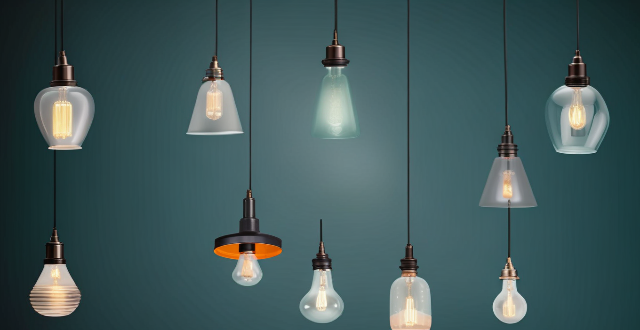
What are the different types of energy-efficient lighting systems available ?
Energy-efficient lighting systems reduce energy consumption while providing adequate light. They include incandescent bulbs, halogen bulbs, compact fluorescent lamps (CFLs), LED lights, solar lights, and smart lighting systems. Each has its advantages and disadvantages, so it's important to choose the right type based on needs and budget.

How do flywheels provide energy storage, and what are their advantages ?
Flywheels store energy as rotational kinetic energy, which can be converted back into electrical or mechanical energy. They have a high power density, long lifespan, fast response time, low environmental impact, and high efficiency, making them suitable for applications like regenerative braking systems in electric vehicles and grid stabilization.

What is the relationship between waste reduction and energy conservation ?
The article discusses the relationship between waste reduction and energy conservation, highlighting their importance in promoting sustainable development. Waste reduction strategies such as recycling, composting, reusing materials, and reducing packaging conserve natural resources, reduce landfill space, and lower greenhouse gas emissions. Energy conservation measures like using energy-efficient appliances, improving insulation, and promoting renewable energy sources lead to lower energy costs, reduced greenhouse gas emissions, and promote sustainable development. The practices are interconnected, with recycling saving energy, composting reducing energy use, reducing packaging saving energy, energy-efficient appliances reducing waste, and promotion of renewable energy sources conserving energy and reducing waste.
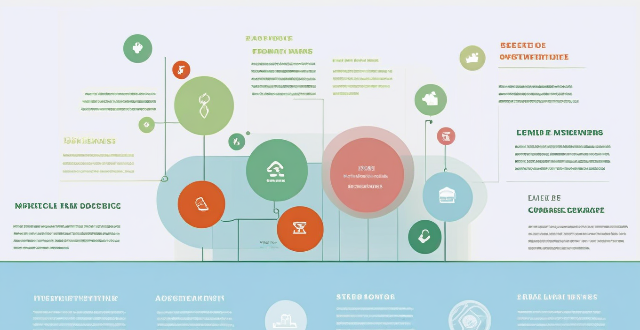
How does renewable energy contribute to reducing carbon emissions ?
Renewable energy is crucial for mitigating climate change by reducing carbon emissions. It displaces fossil fuels, lowers emissions intensity, improves energy efficiency, and reduces system leaks. Benefits include mitigating climate change, improving air quality, and offering economic advantages such as job creation and savings on fuel costs.
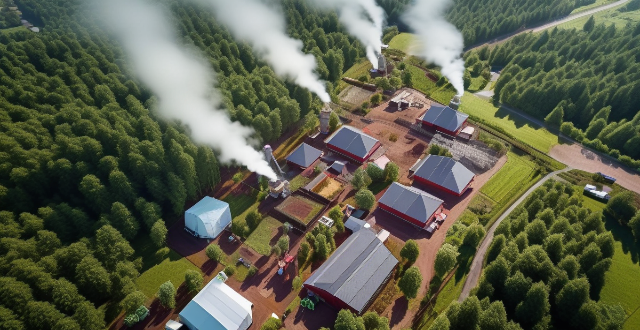
What role do renewable energies play in enhancing energy security and mitigating climate change ?
Renewable energies enhance energy security and mitigate climate change by diversifying energy sources, providing sustainable and reliable energy supplies, enabling decentralized energy production, reducing greenhouse gas emissions, promoting clean air and water, and conserving natural resources.
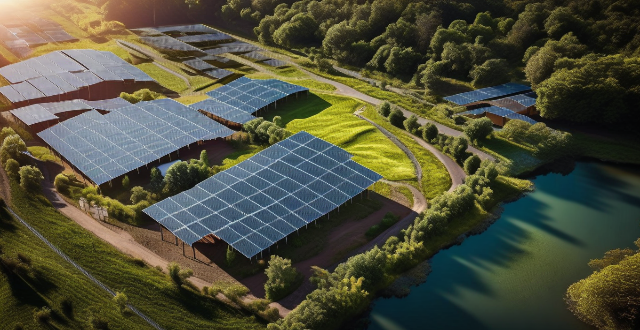
How does solar energy work ?
Solar energy is generated through the use of solar panels containing photovoltaic cells, which convert sunlight into electricity via the photovoltaic effect. This process involves absorbing sunlight, exciting electrons to a higher energy level, generating an electrical current, collecting it, and converting it into usable AC electricity. Solar energy is renewable, sustainable, cost-effective, and environmentally friendly, but its effectiveness can be reduced by weather conditions, and it requires additional equipment for energy storage. Despite high upfront costs, solar energy systems can lead to long-term savings on utility bills.
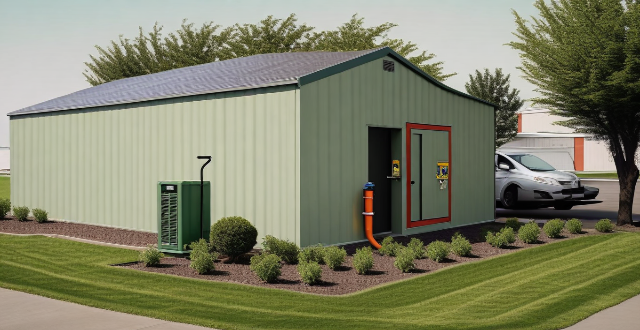
What is the relationship between energy efficiency and climate change, and how can it contribute to energy security ?
Energy efficiency is crucial for mitigating climate change and enhancing energy security. It reduces greenhouse gas emissions by decreasing fossil fuel consumption, lowering energy production needs, and promoting renewables. Energy efficiency also contributes to energy security by diversifying sources, reducing costs, and improving system reliability.